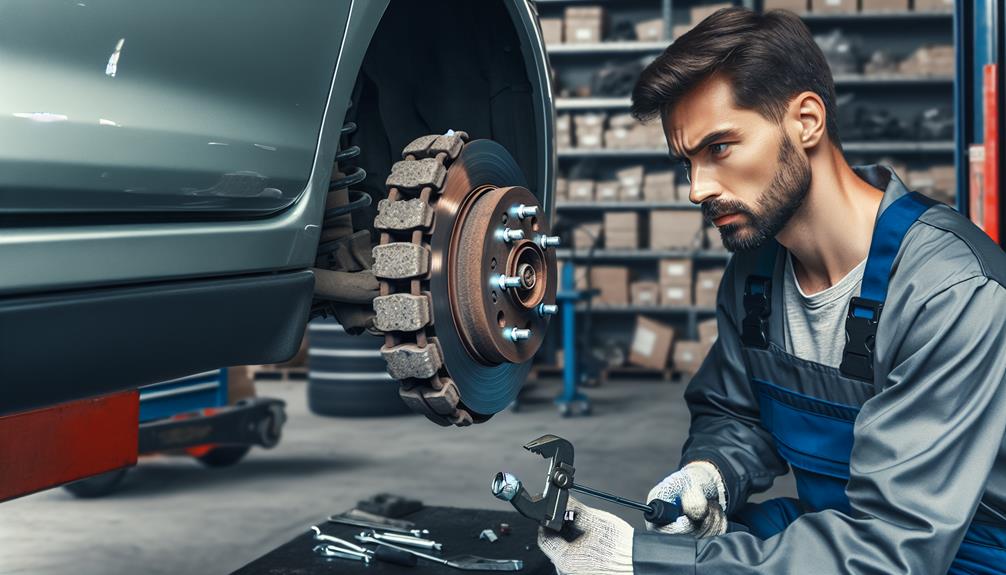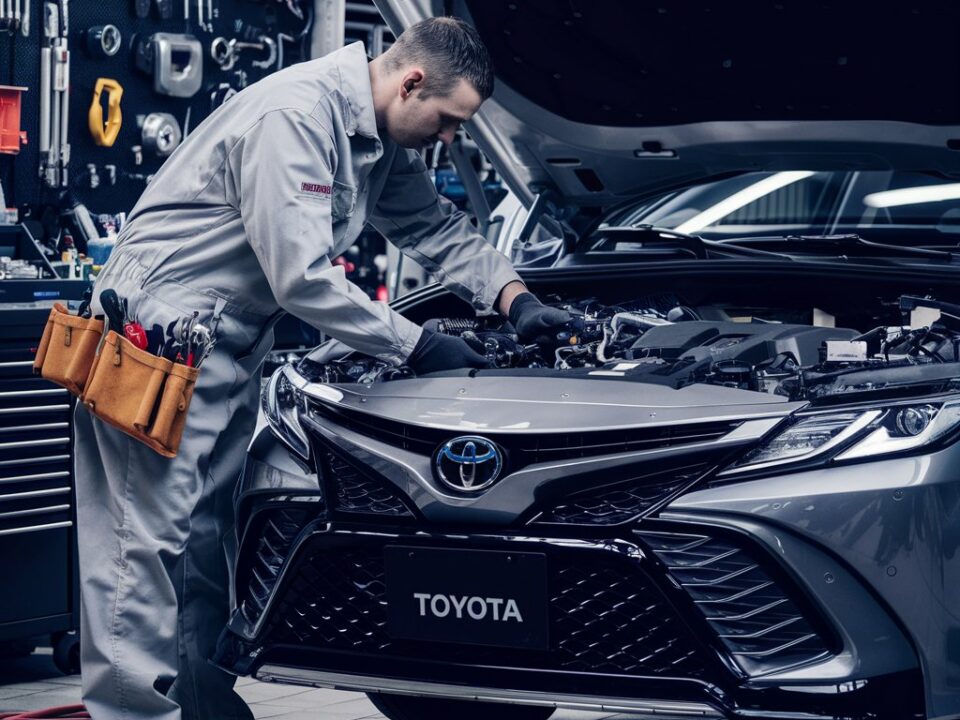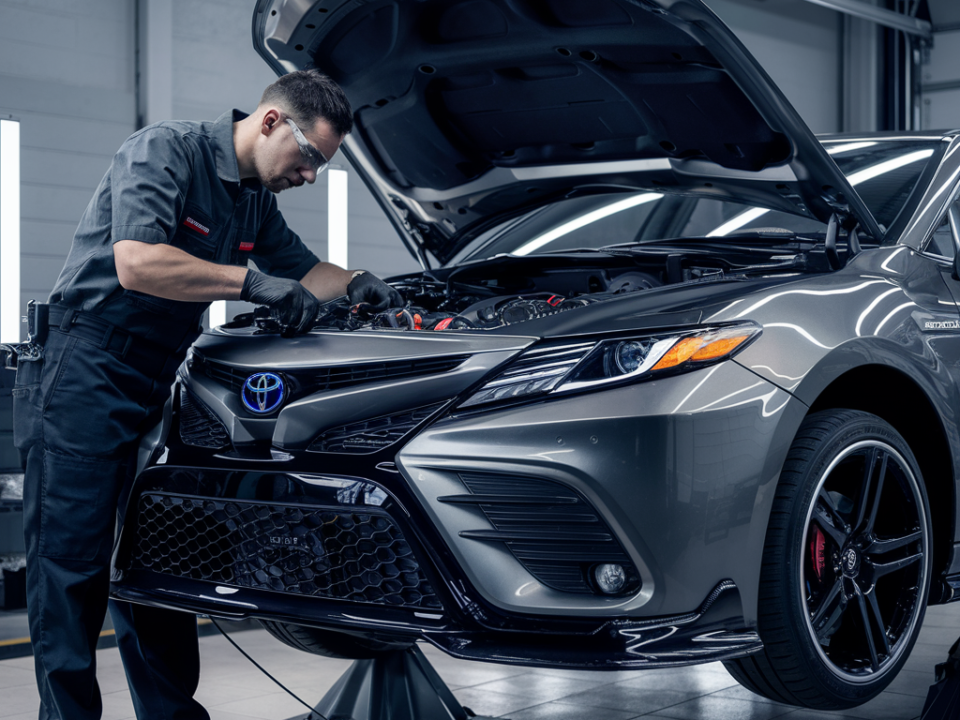
Auto Mechanic Insights: How to Keep Your Toyota Engine Running Smoothly
June 6, 2024
Step-by-Step Guide to Resurfacing Brake Rotors on Your Toyota
July 3, 2024In addressing common Toyota mechanic pad issues, it is imperative to begin with a thorough diagnostic procedure. This involves listening for abnormal noises such as squealing or grinding during braking, which typically indicate pad wear or damage. A meticulous inspection of the brake pads for uneven wear and measuring pad thickness are critical steps in assessing their condition. Selecting high-quality replacement pads that meet Toyota’s specifications is essential for maintaining optimal braking performance. Correct installation techniques, including caliper and rotor examination, are crucial for ensuring the longevity and efficacy of the brake system. What remains to be explored is how these components interact dynamically under various driving conditions, a factor that significantly influences brake system performance.
Identifying Brake Pad Problems
To accurately identify brake pad issues in Toyota vehicles, it is crucial to recognize the signs of wear and damage, such as unusual noises or decreased braking performance. Discerning the precise nature of these symptoms requires a keen understanding of their potential causes and implications.
When inspecting brake pads, start by checking for uneven wear, which often indicates alignment issues or a malfunctioning caliper. A visual examination can reveal pads worn down to less than a quarter of an inch, necessitating immediate attention.
Additionally, listen for squealing or grinding sounds during braking, as these are audible indicators of pad deterioration. Such noises typically emerge due to the exposure of the wear indicators or metal-on-metal contact, signaling that the brake pads are critically thin.
Furthermore, a spongy or unusually soft brake pedal can also suggest that brake pads are wearing out, possibly compounded by air in the hydraulic system. Vibrations or pulsating through the brake pedal during application are often symptomatic of warped rotors, which can accelerate pad wear.
For Toyota owners and enthusiasts, understanding these diagnostics is not just about vehicle maintenance—it’s about ensuring the safety and reliability of your driving experience, fostering a sense of security and community among fellow Toyota aficionados.
Repairing Toyota Brake Pads
Once you have identified the issues with your Toyota mechanic pads, the next step involves replacing the worn pads with new, high-quality components to ensure optimal braking performance. This repair is essential not only for safety but also for maintaining the integrity of your vehicle’s braking system.
Here are key considerations and steps to take when replacing Toyota brake pads:
- Select the Right Brake Pads: Opt for OEM (Original Equipment Manufacturer) or high-quality aftermarket brake pads specifically designed for your Toyota model. Compatibility is crucial to ensure effective braking and longevity.
- Gather Necessary Tools: Prepare with the right tools before starting the job. Typically, you’ll need a lug wrench, jack and jack stands, C-clamp, ratchet, and socket set. Ensuring you have the correct tools will facilitate a smooth replacement process.
- Follow Proper Installation Procedures: Remove the wheel, then the caliper. Secure the caliper piston using a C-clamp to make room for new brake pads. Replace the pads and reassemble the caliper and wheel. Always double-check your work for accuracy and ensure everything is tightened to Toyota’s specified torque.
Joining a community of Toyota enthusiasts can provide additional support and guidance, helping you feel part of a knowledgeable group committed to maintaining their vehicles at top performance.
In conclusion, meticulous attention to the identification and rectification of brake pad issues in Toyota vehicles is paramount for maintaining optimal braking performance. Regular inspections for signs of wear and timely interventions prevent potential brake failures.
Adherence to recommended procedures and use of compatible components ensure both safety and longevity of the braking system.
As we hoist the sails towards improved vehicle maintenance, let us anchor our efforts in precision and reliability.
Next article



